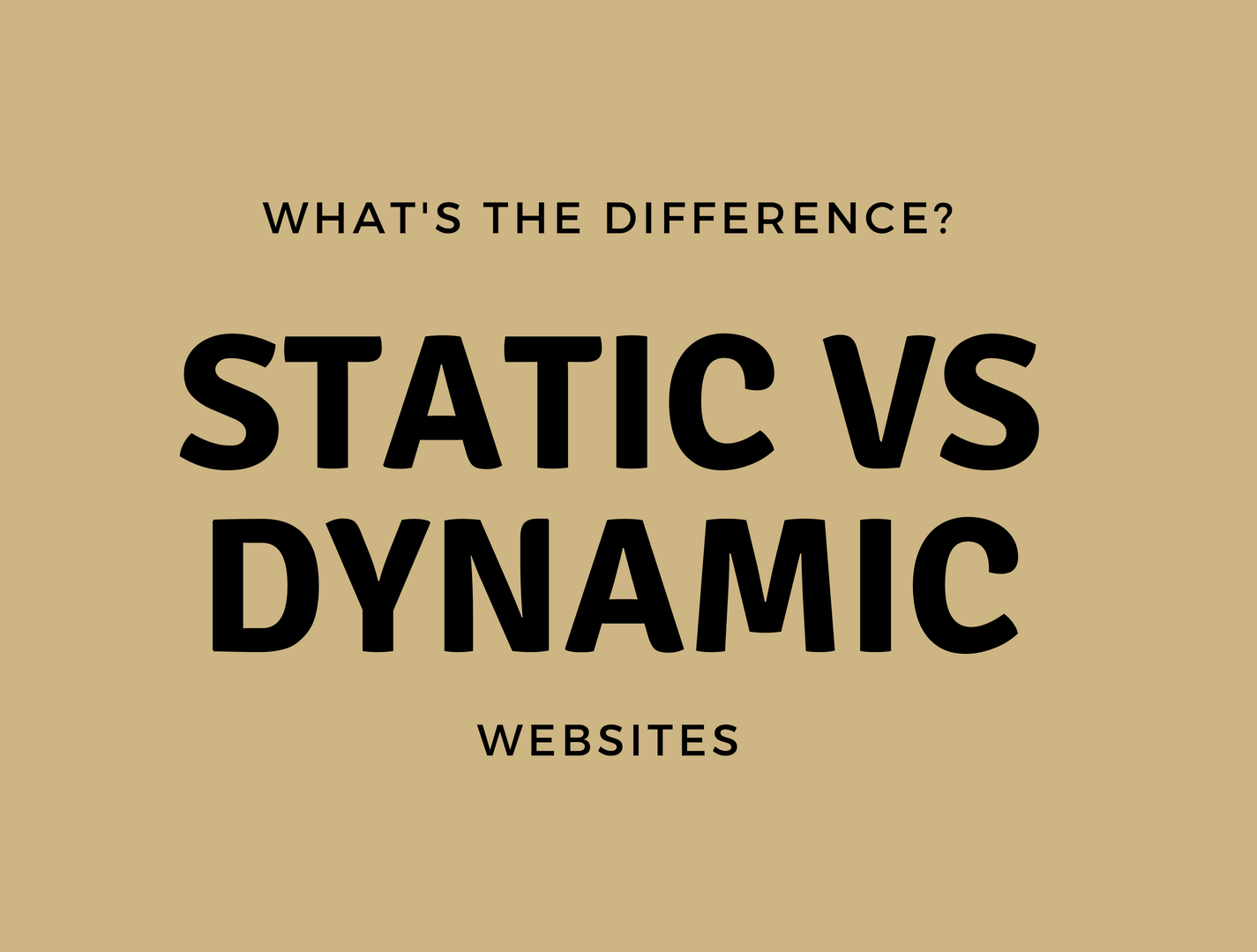


Introduction
Custom web development has come a long way. Initially websites were simple web pages that displayed information without offering much functionality otherwise. Now, we have websites that can interact with users on different and varied levels. However, one of the biggest changes to have happened in the field of website designing is the emergence of dynamic websites.
In the simplest of terms, a static website is one in which the content cannot be changed without a website developer editing its underlying source code. Static sites are generally written in plain HTML and contain a fixed number of web pages which deliver information to the user. Each and every visitor to a static website sees the exact same text and multimedia every time he visits it until the website’s source code is altered. Websites that only need to display some pre-defined information, such as most websites for schools and organizations, are generally static websites.
On the other hand, dynamic websites can display varied content from the same source code. Dynamic websites use server-side programming like PHP, ASP.NET or JSP to modify content according to real-time usage. By making the use of a responsive web design, these kind of websites are capable of displaying varied content depending on the user’s parameters, like their real-time inputs and which operating system or platform they are using. Some good examples of dynamic websites are ecommerce websites like Amazon and social networking websites like Facebook.
Differences Between Static and Dynamic Websites
Let us take a look at the varied advantages of both types of websites to better understand things:
· Advantages of Static Websites
o Contain fixed number of web pages
o Website design and content is fixed
o Load quickly on client browser because of few markup contents
o Never use database connectivity
o More secure because only one-way, server to client communication is possible
o Mostly use HTML and CSS as source code
o Directly run on browser and do not require other server language
o To change any page’s content, page has to be uploaded on server every time
· Advantages of Dynamic Websites
o Can create webpages dynamically
o Website design and content may change in run-time
o Take some time to load on the client browser because requests are processed on the server-side
o Use database queries to generate content dynamically
o Less secure because communication takes place from both sides and so the user can change server data
o Use server application languages like PHP, ASP.NET and JSP
o Run the application on server but output is displayed on browser webpage
o It is possible to change a page’s content by using server application. There is no need to upload the page on the server
Conclusion
Ultimately, both types of websites have their own advantages and disadvantages, and even though dynamic websites are the need of the day, the final choice depends on the purpose you want your website to serve and the kind of audience you want to target. Contact a custom web solutions company today, and be on your way.